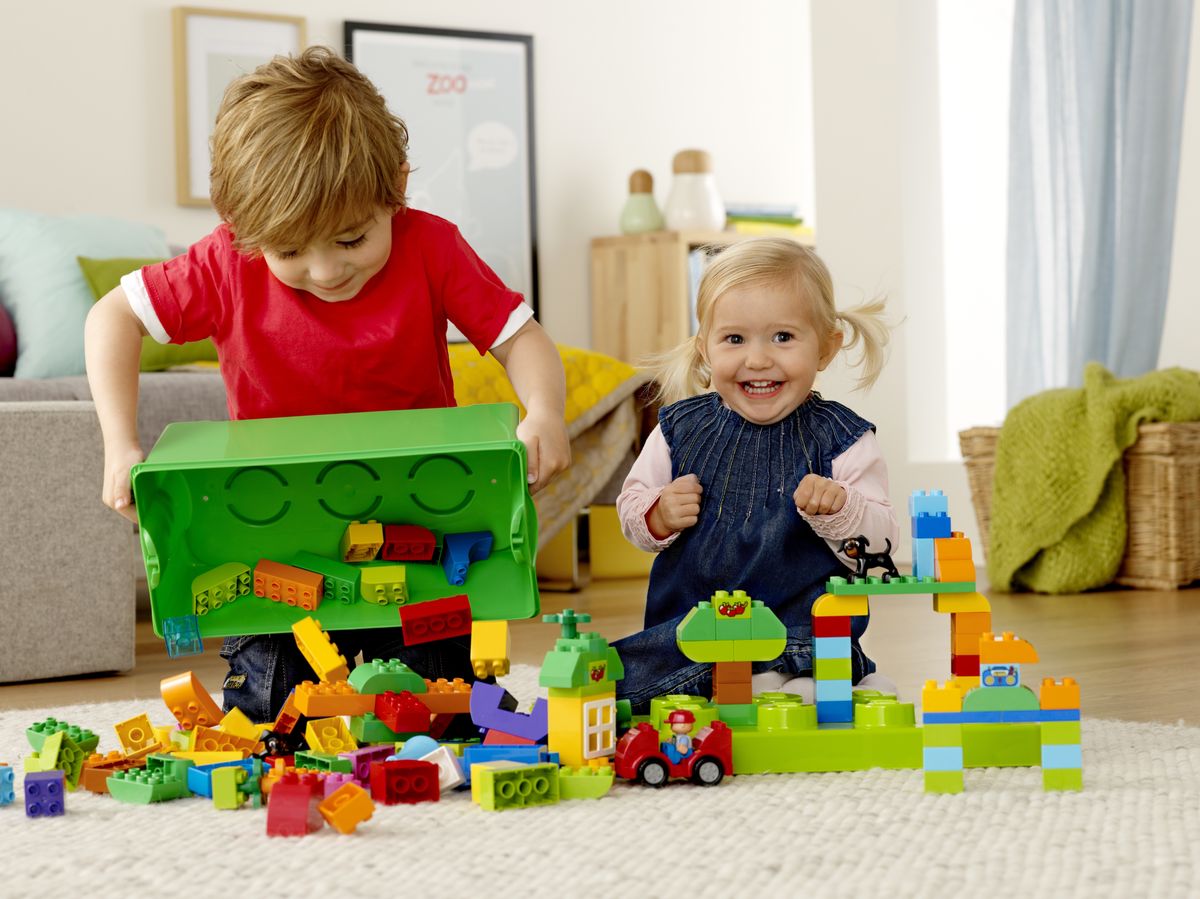While interactive toys are designed to educate and entertain independently, parental involvement significantly enhances the benefits of smart play. Knowing how to engage without overstepping is key to fostering learning and independence.
1. The Role of Parents in Interactive Play
Children benefit when parents participate in play, ask questions, and explore toys together. This guidance reinforces learning, models problem-solving, and strengthens parent-child bonds. However, excessive interference can reduce creativity and autonomy.
2. Setting Boundaries and Guidelines
Parents should establish clear rules for playtime, screen use, and interaction with technology. Time limits, structured learning sessions, and designated play areas help maintain balance while ensuring toys are used effectively.
3. Encouraging Exploration and Experimentation
Rather than directing every action, parents can encourage curiosity by asking open-ended questions or prompting challenges. For example, “What happens if you press this button?” or “Can you make your robot move differently?” fosters critical thinking without dictating outcomes.
4. Monitoring Content and Privacy
Active parental supervision ensures toys are safe, secure, and age-appropriate. Reviewing settings, controlling connectivity, and observing interactions protect children’s privacy while maximizing educational value.
5. Conclusion
Parental involvement should empower rather than control. Smart play thrives when parents support curiosity, encourage exploration, and provide guidance — striking a balance that nurtures learning, creativity, and independence.

